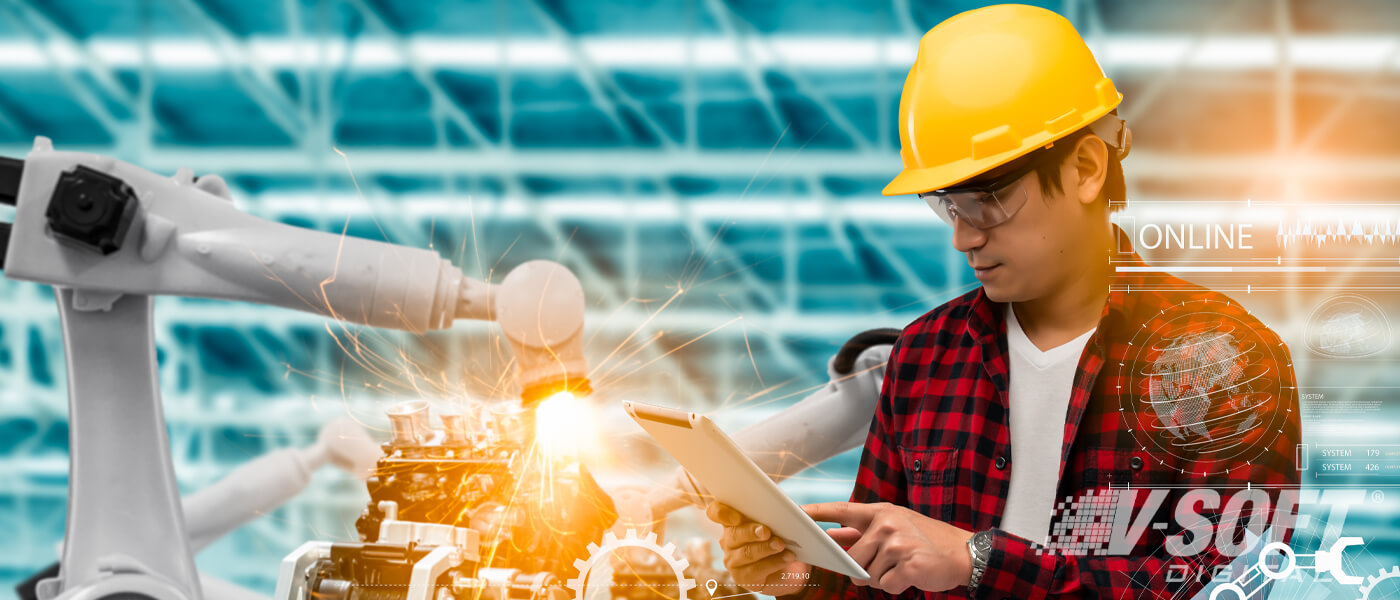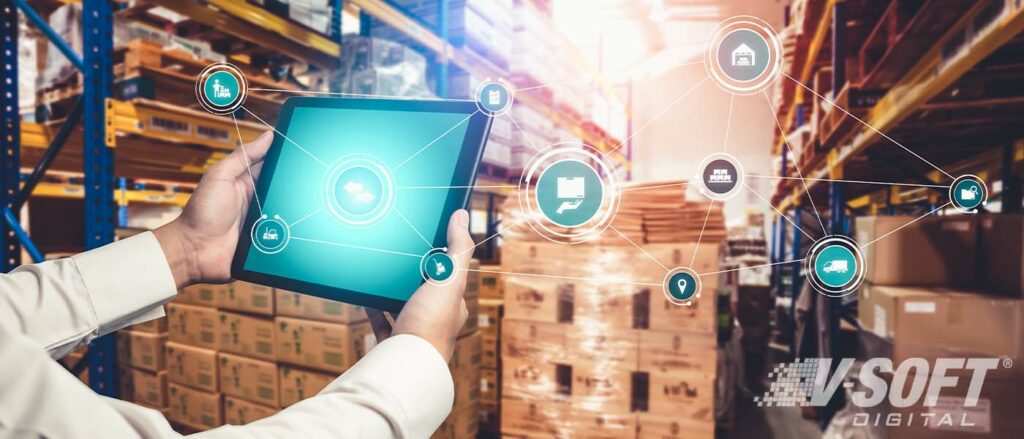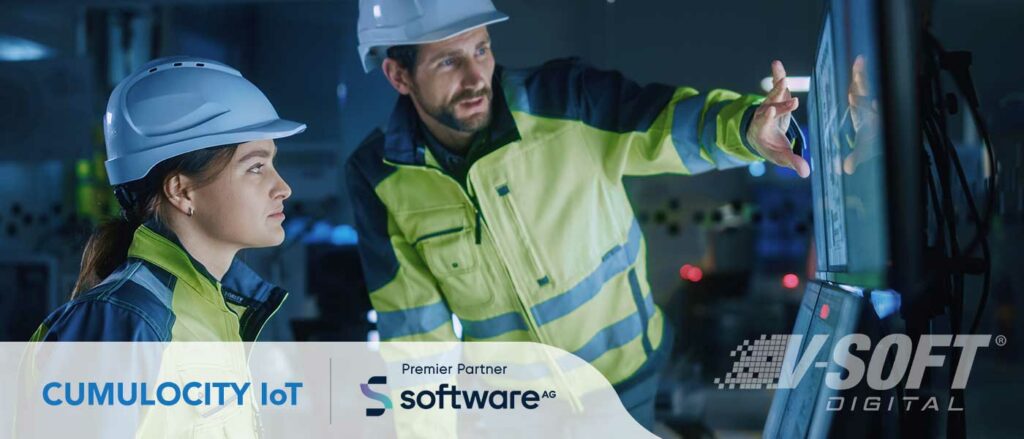How Edge Computing and IoT Can Work Together
Edge computing and Internet of Things (IoT) are two technologies that are gaining traction across industries. Both terms are used interchangeably, presumably because they find application and deployment in the same ecosystem. But the fact is these technologies are fundamentally different though they complement each other and with further developments, their interdependence is likely to increase. To understand the differences as well as how they work together, it’s necessary to understand what the technologies are about.
Internet of Things
Internet of Things (IoT) refers to a collection of connected things or devices that have embedded sensors, software and technologies that enable them to collect and share data with other devices and systems over the internet. IoT devices generate data that’s sent to the cloud for processing. The insights gained can help organizations increase efficiency, lower costs, spur innovation, and ensure employee safety.
However, many IoT devices are simple computers with limited capabilities but powerful when working as part of a smart ecosystem. It also means that with billions of IoT devices, especially with Industrial Internet of Things (IIoT), a lot of data must be sent to the cloud for processing with limited bandwidth which leads to latency. Additionally, if the network coverage is not adequate it may adversely impact the performance of the ecosystem.
Edge Computing
With edge computing, data processing and computing can be carried out nearer to the source instead of being sent to external cloud centers. Often the devices that collect data are capable of processing them too thus increasing the speed of data processing and analysis. This helps distribute workloads where real-time processing requirements can be met at the edge while the heavy lifting can be done at the centralized data centers or the cloud. Edge architecture increases speed and efficiency. Furthermore, real-time control over key processes empowers ownership of sensitive data. Edge computing also fits well with hybrid cloud architectures.
Edge computing is part of a distributed computing topology where information processing is located close to the edge, where things and people produce or consume that information.
Gartner
Edge and IoT
Edge and IoT technologies have similarities as well as differences. Both edge and IoT devices gather information using sensors which is then used for analytics to gain insight into processes. Both technologies find application in similar sectors such as manufacturing, oil and gas, autonomous vehicles, etc.
However, the differences between the two are more at a fundamental level. IoT devices are internet-connected simple devices that have specific functions. They typically do not have operating systems or memory management capabilities. Edge devices on the other hand are complex with memory management and data processing capabilities, much like regular computers. This makes them less secure to external threats than IoT devices, but they can also be easily updated which is not the case with IoT devices. The key difference between the two technologies is that edge devices can process data gathered while IoT devices can only send data to other devices for processing.
IoT and Edge can work together in the same infrastructure for increased benefits. IoT devices can collect information and send it to locally available edge devices instead of sending them to a central cloud server for processing. Edge devices can analyze data and provide insights in real time. IoT devices can have latency issues and bandwidth problems while edge devices may not be as quick to collect data as IoT devices. The combination of the two technologies can help businesses save time and increase efficiency.












